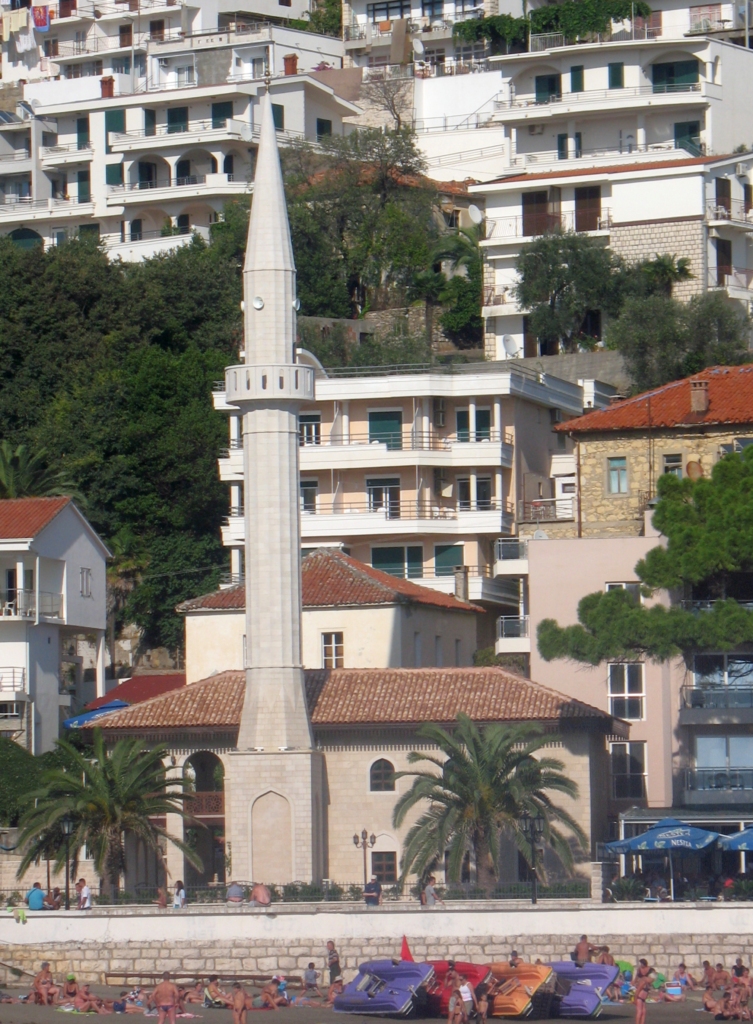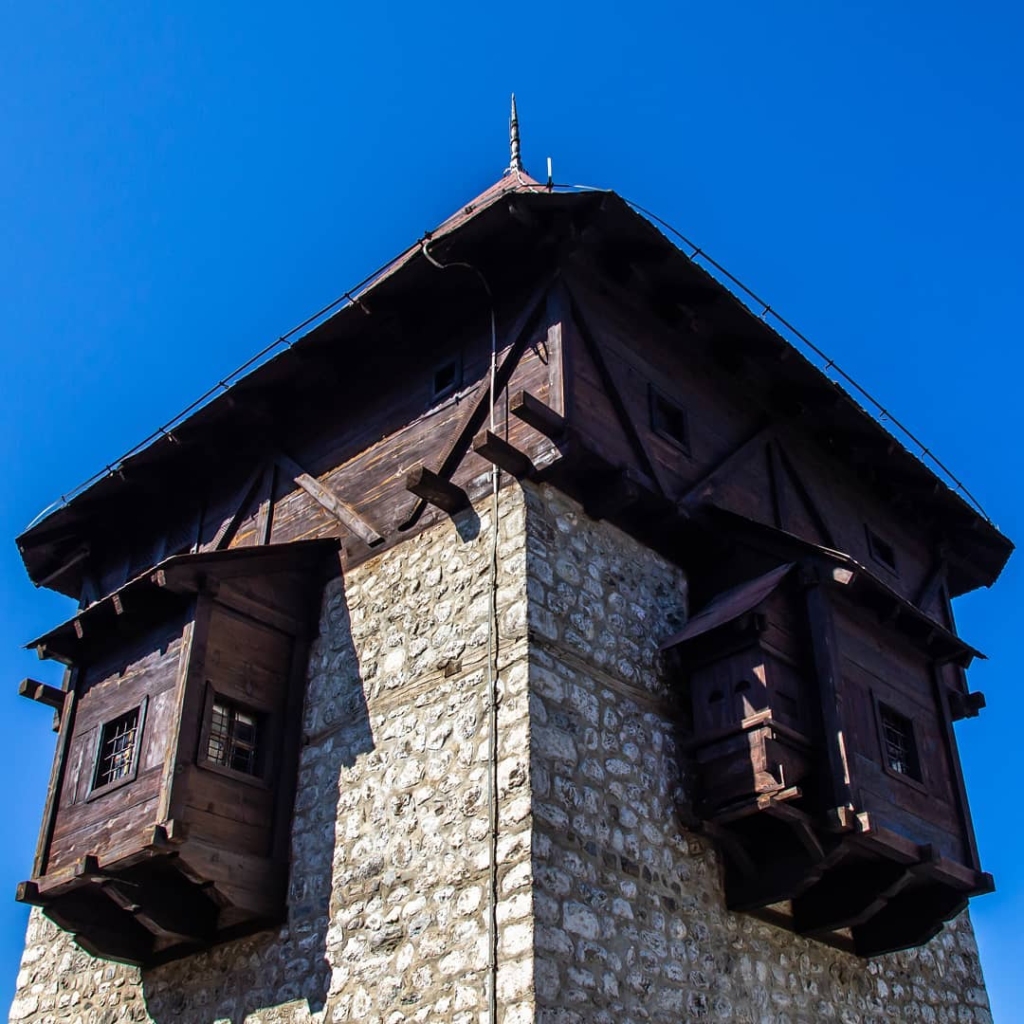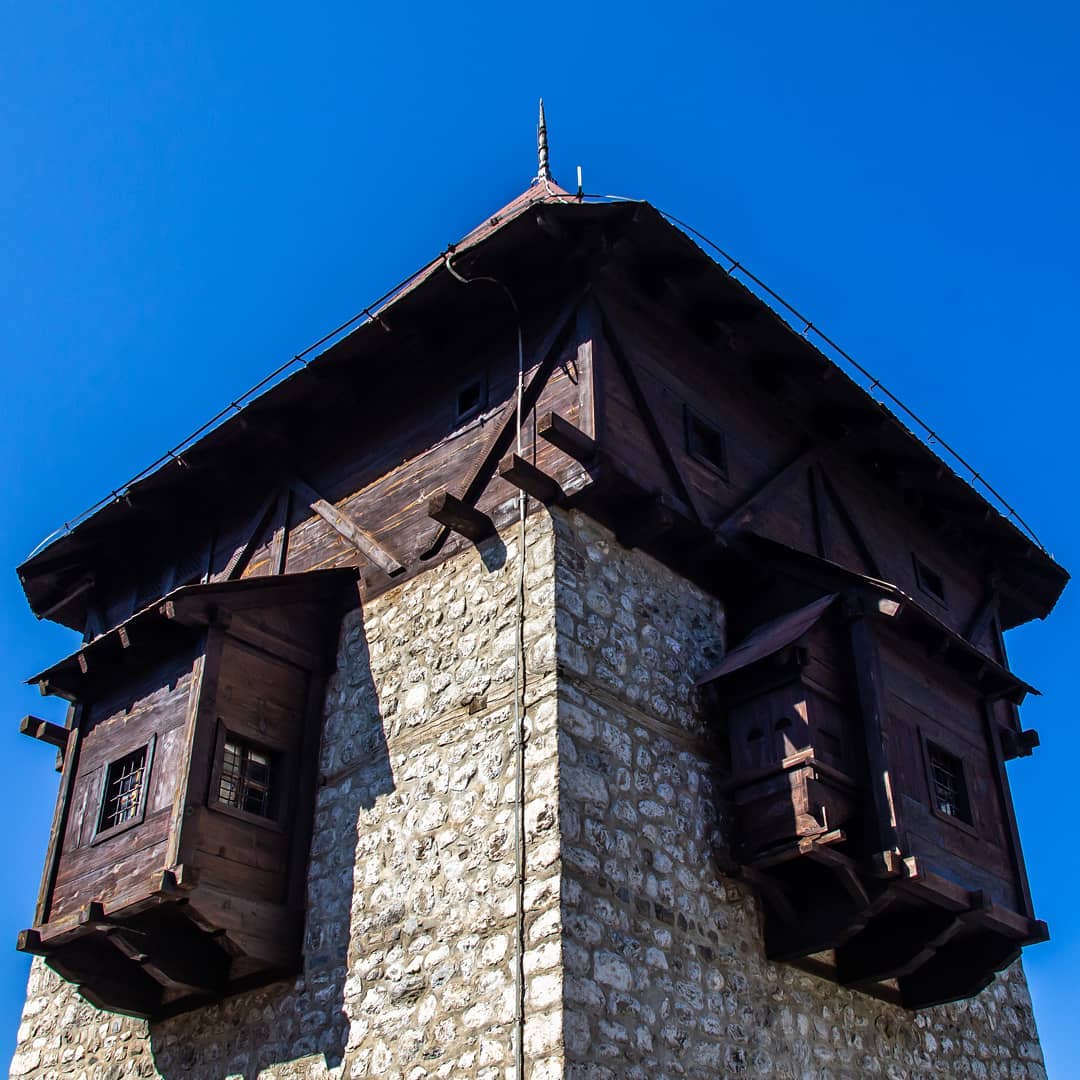In the vibrant landscape of Montenegro, nestled in the heart of the Balkans, architectural aesthetics bear the mark of a fascinating confluence of cultures. Montenegro’s architectural history reveals significant influences from various civilizations, with the Ottoman Empire playing a pivotal role.
A History of Ottoman Influence
From the late 15th to the 19th centuries, Montenegro was under Ottoman rule. This era of conflict and transformation sparked an architectural revolution, with the Ottomans introducing a unique style featuring domes, minarets, spacious courtyards, and intricately designed tiles.
Sahat Kula: The Emblem of Ottoman Influence
One of the most visible examples of Ottoman architecture in Montenegro is the Sahat Kula, a clock tower in Podgorica. Built in the 18th century, this edifice exemplifies the Ottoman’s use of locally sourced stone and reflects the practical functionality combined with aesthetics, an intrinsic characteristic of Ottoman design.

The Ottoman Influence in Ulcinj
The coastal town of Ulcinj’s Old Town provides a rich testament to Ottoman architectural legacy. The stone houses with their wooden bay windows, the labyrinth of narrow winding alleys, and the town’s fortress are emblematic of the Ottoman period. The Bazaar Mosque in Ulcinj, constructed in 1752, encapsulates the iconic elements of Ottoman religious architecture with its domed roof and sky-piercing minaret.
The Sailor’s Mosque in Bar, for example, was built in the 17th century by an Ottoman sailor and is one of the only such structures located by the sea. Its distinctive minaret and dome embody typical Ottoman religious architecture.

Just a few kilometers away, the Lami Mosque in Rozaje stands as a symbol of Montenegro’s Islamic heritage. Built in the 18th century, it carries the signature Ottoman characteristics – from its grand entrance portal to its finely crafted minaret.
Further inland, the Pasha’s Mosque in Pljevlja, constructed in the 16th century, stands as one of the finest examples of classical Ottoman architecture in the Balkans. Known for its beautifully ornate interiors, it features an impressive wooden ceiling decorated with floral patterns and calligraphic inscriptions. Notably, it houses one of the oldest preserved ‘sahns’ (courtyard) in the region.
Spatial Organization: The Ottoman ‘Mahala’
The influence of Ottoman architecture is also evident in the spatial organization of Montenegrin towns. The Ottoman concept of ‘mahala,’ a neighborhood unit, introduced a form of community living that persists in many Montenegrin towns and villages today. Cascading houses built on hilly terrains often enclose a shared courtyard, fostering communal interaction.
Bar’s Old Aqueduct: An Ottoman Engineering Marvel
Another impressive example of Ottoman architecture is the Old Aqueduct in the town of Bar. Constructed during the 16th century, it showcases the advanced engineering skills of the Ottoman period and their ability to harmonize architecture with the surrounding environment.

The Redzepagic Tower in Kolasin
In the mountain town of Kolasin, the Redzepagic Tower, a fortified residential building typical of Ottoman defensive architecture, stands as a remarkable relic of the past. The stone tower, complete with loopholes for defense, reflects the strategic architectural planning of the Ottomans.
Preserving Montenegro’s Ottoman Heritage
As Montenegro strides towards modernity, it is essential to balance development with preservation. The country’s Ottoman structures stand not just as historical monuments but as a testament to its rich, multicultural tapestry. These edifices are more than remnants of the past; they’re integral threads in the fabric of Montenegrin identity. Efforts to conserve this architectural heritage ensure that the stories etched in the stone of Ottoman architecture continue to resonate with future generations.







